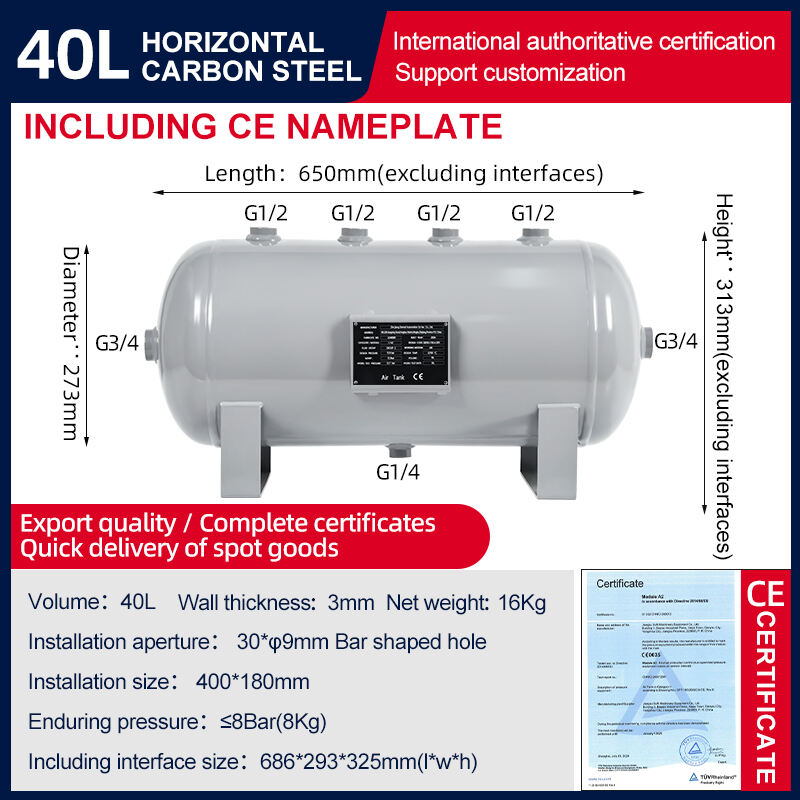French Air Tank Industry Development
The French industrial air storage tank development is closely linked to the evolution of industrial power technology.
In the mid-19th century, french factories relied primarily on steam engines for power, but steam transmission has high losses, low efficiency, and was impractical for long-distance transmission. Compressed air emerged as a new form of power transmission. Safer than steam (no explosion risk) and more flexible (can power various tools thorugh pipe), it had significant advantages in mining, tunneling (such as the famous Alpine Tunnel Project), and early machine manufacturing. Air receivers at this time were essential buffers and energy storage components in compressed air systems. Air receivers were more like a part of heavy machinery manufacturing, custom-made by air compressor manufacturers or large engineering companies based on project requirements
From 20th century, electric drive became the mainstream of industry. Small air compressors powered by electric motors became popular, and the use of compressed air expanded to almost manufacturing plants. Arc welding replaced riveting, making air storage tank manufacturing more efficient, safer, and less expensive. Improvements in steel quality made it possible to manufacture thinner, lighter air tanks with greater pressure-bearing capacity. Air tanks began to be standardized, instead of purely customized. Air tank manufacturers began to produce standard air tanks with different volumes and pressure ratings to meet various needs of factories. Some companies began to specialize in the manufacture of pressure vessels (including air storge tanks), rather than simply accessories for air compressors.
After World War II, CAD enabled optimized structural design of air tanks, reducing material consumption while ensuring safety. Automated welding and non-destructive testing (such as X-ray and ultrasonic testing) became standard processes, significantly improving air tank quality and consistency. Internal and external corrosion protective coatings (such as epoxy resin and galvanizing) extend the air tank life. Small workshop lost the competition, French air tank manufacturers began to emphasize energy efficiency, reliability, and compliance with PED 97/23/EC safety standards. French manufacturers must ensure their air tanks bear the CE mark.
The 21st century saw rising energy costs, heightened environmental awareness, and the rise of Industry 4.0 and the Internet of Things (IoT). Even if air receivers themselves don't consume energy, they are a critical component of compressed air systems. Air tanks are no longer simple storage, but to optimize energy efficiency of the entire air system. Proper configuration and sizing of air receivers are crucial for system energy efficiency. Air receivers are increasingly being designed as part of smart compressed air stations. They may integrate sensors to monitor pressure, temperature, and other data, uploading this data to cloud platforms via the internet for predictive maintenance and energy management. Customers are no longer solely focused on initial purchase cost; they prioritize reliability, energy efficiency, and low maintenance costs. Most French high-end air tank manufacturers have been incorporated into large multinational corporations such as Ingersoll Rand, Gardner Denver, and Kobelco etc. These groups have production bases or R&D centers in France, using French engineering technology and strict quality standards to serve the European and global markets.




